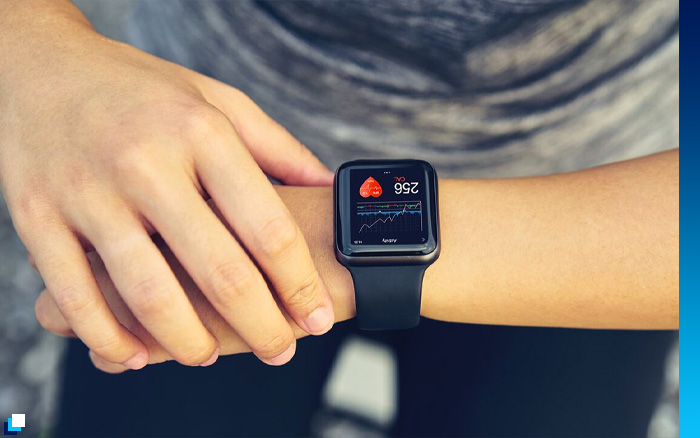Brisk Walking Could Significantly Reduce Heart Rhythm Problems
Walking is one of the simplest and most accessible forms of exercise, but that doesn’t make it any less powerful. According to a new study from the University of Glasgow, not only is regular walking beneficial, but the pace at which you walk may make a big difference in heart health—particularly in preventing cardiac arrhythmias.
Brisk walking reduces the risk of heart arrhythmias
The study, based on data from the UK Biobank and recently published in a peer-reviewed scientific journal, analyzed over 420,000 middle-aged adults over an average follow-up of 13.7 years. The findings were striking:

- Walking at an average pace (3–4 miles per hour) reduced the risk of developing arrhythmias by 35% compared to slower walkers.
- Brisk walking (more than 4 miles per hour) reduced that risk by 43%.
Cardiac arrhythmias—such as atrial fibrillation, tachycardia, and bradycardia—can increase the risk of stroke, heart failure, and other serious conditions. This study suggests that brisk walking may be a powerful and natural preventive tool.
Why does brisk walking help so much?
According to lead researcher Dr. Jill Pell, walking at a faster pace is closely linked to improvements in metabolic and inflammatory factors, including:
- Lower blood pressure.
- Better control of body mass index (BMI).
- Decreased blood markers of inflammation.
- Prevention of abdominal obesity.

In other words, walking faster improves the body’s efficiency, which in turn strengthens cardiovascular health and lowers the risk of heart rhythm disorders.
Who benefits the most from this habit?
The protective effect of walking pace was strongest among women, people under 60, individuals with high blood pressure, and those with multiple health conditions.
Even walking for longer at a steady pace—without needing to run—was associated with a 27% reduction in overall risk of arrhythmias compared to those who walked less or more slowly.
What about age or fitness level?
The best part of this finding is its accessibility. You don’t need a gym membership or to be an athlete. Simply picking up your walking pace—whether on the street, in a park, or at the mall—can offer substantial benefits.

Furthermore, brisk walking has also been linked to slower biological aging, improved mood, and greater longevity, according to previous studies published in journals like JAMA Network Open.
Conclusion: Walk faster, live better
While this observational study doesn’t prove a direct causal link, it provides strong epidemiological evidence that walking pace may be a key indicator of cardiovascular health.
